WinBook N4 Pentium 4-M 1.8GHz Notebook
by Matthew Witheiler on April 23, 2002 5:45 AM EST- Posted in
- Laptops
The graphics solution employed by the N4 is NVIDIA's GeForce2 Go 100 graphics chip. As you may recall, the GeForce2 Go 100 is a slower version of the GeForce2 MX 200 graphics part. Clocked at 125MHz in the core and 166MHz in the memory, the GeForce2 Go 100 in the N4 uses a 32-bit DDR memory bus to send information to and from its 16MB frame buffer. The chip had a small metal heasink mounted on top of it which was cooled via the same fan that cools the northbridge of the 845MP chipset.
The graphics part is actually mounted on an expansion board, making access it it rather easy. Do not expect to upgrade the chip, however, as the design is likely unique to WinBook and is not readily accessible to the user.
Once we had the CPU and the video module out, there was not much left to the top of the N4's motherboard. In the picture below you can see both the Molex socket for the CPU and the connector that the video part sits in. Also on top is a second SODIMM expansion slot that is not user accessible. It is here that the base memory is installed.
Flipping the motherboard over reveals a few more goodies. At the front edge to the right of the southbridge is the National Semiconductor PC8739F super I/O chip. Moving one chip right of the super I/O chip we find the Sigmatel STAC9700T AC'97 stereo codec. For some reason, WinBook decided not to use Intel's integrated AC'97 audio and instead included this chip for audio support. Also on the back of the motherboard is a 3com chip for ethernet support as well as an O2 Micro OZ6912 single slot ACPI CardBus controller for the PCMCIA slot.
The N4 that we received made use of a Toshiba MK4018GAP hard disk drive. The drive spins at 4200 RPM and offers a 13ms seek time. Like we have said in the past, I/O performance of notebooks is typically the one area where the most performance is lost. It would have been nice to see a drive with perhaps a faster seek time or rotational speed.
The sound in the N4 is provided by two speakers mounted on the left and right of the front of the system. Sound reproduction was good, considering the speaker's size.
When unplugged, power for the N4 comes via an 8 cell, 3900mAh lithium ion battery that outputs 59.2W/h. The battery features an LED display on the side that displays the battery's charge when a button is pressed. This is useful for those with multiple batteries as one does not have to put the battery in the notebook to see how much charge it has left.
The N4 unit we got for review featured a 15" SXGA+ TFT display, although it is available with a 14.1" XGA screen as well. The screen runs at up to 1400x1050 and looks very good at this resolution, offering quite a bit more desktop space than 1024x768 panels.


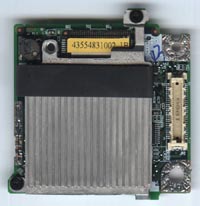
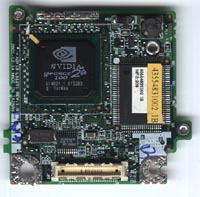
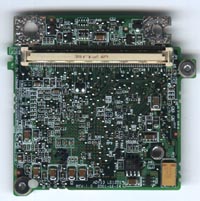
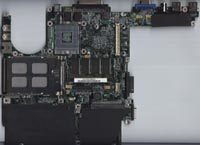
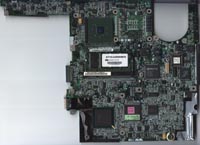










0 Comments
View All Comments